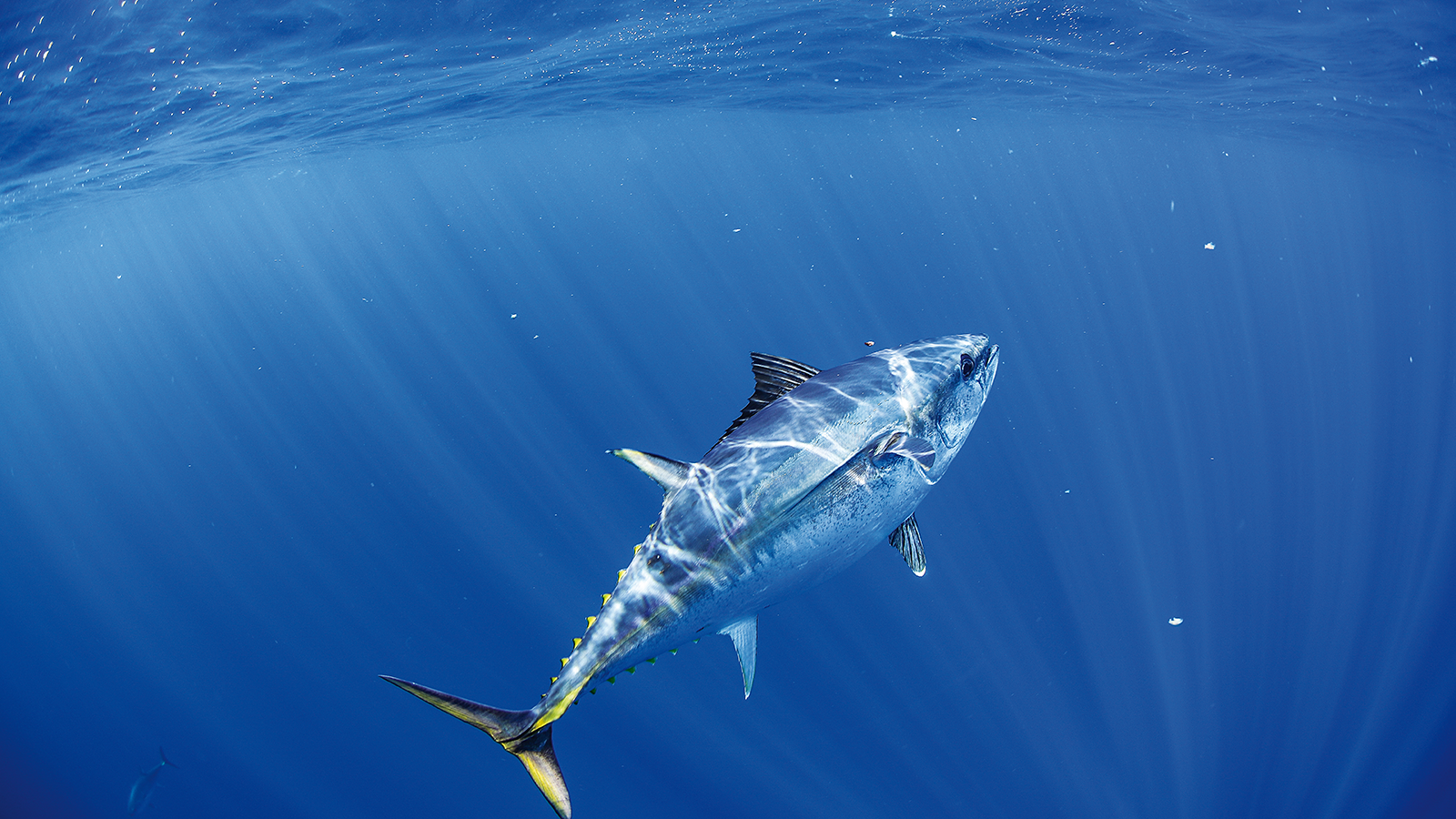The fishing industry ranks amongst the highest risk industries in Australia for safety, yet there are considerable barriers to basic safety training, including:
• Cost – operators cannot afford it
• Time – Courses are infrequent throughout the year. This does not meet the operational needs of the industry, where workers may be required at short notice.
• Location – Courses are usually delivered in major cities. This makes access to the training difficult for many workers, including once they are at sea.
• Context – Courses are usually delivered in a classroom setting with activities related to survival in emergency situations at sea. They do not address general workplace safety such as manual handling, electrical safety, fall protection, noise, fatigue, hazardous substances, personal protective equipment (PPE), etc.
• Access – The internet is rarely available at sea, making access to safety training and information impossible for much of the time workers are fishing.
• Demographic – workers in the fishing industry are largely represented by young, early school leavers with a high sense of adventure and risk appetite. Learning must be structured with this in mind to ensure the learner is engaged and the lessons are delivered effectively.
• Culture - the information both subliminal as well as overt sent out about safety.
The electronic LMS, which is the fundamental base for this project, is to be designed to address all of the above barriers, and provide a structured, cheap, easily accessible and timely safety course, in a manner which is readily absorbed and understood by the crew member undertaking the course. The training modules are to be delivered online and offline, making them accessible anywhere at any time and can also be tailored to specific industry sectors, while retaining the core units, and aim to achieve best practice in all aspects of WHS.
RIRDC initiated a project (attached) due to significant knowledge deficiencies in the area of commercial fishing occupational health and safety data and of the existing circumstances of the industry. The gaps in knowledge have arisen due to previous difficulties in collating and interpreting data, which have resulted from disaggregation of State data, creating difficulties in data analysis at the national level; availability of state data; and the nature of the fishing industry which results in many participants not being included in official statistics or records.
The report found that there was a lack of awareness of occupational health and safety, or safety
culture, and that it still fails to be effectively dealt with across all States of Australia. The OHS data identifies that the claims for fatal injuries in aquaculture and non fatal in marine (or wild capture) fisheries are both increasing. The most ‘at risk’ group in the industry are those between the ages of 20 to 24 years, with those aged 45 – 54 years being the next most at risk group, who will receive injuries from non powered hand tools to their upper bodies.





